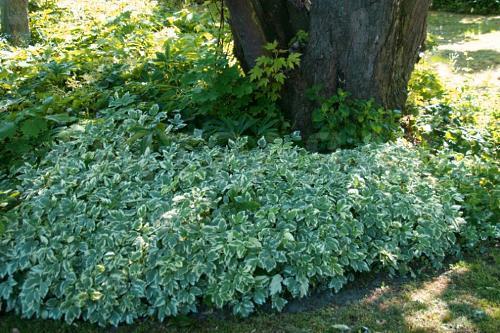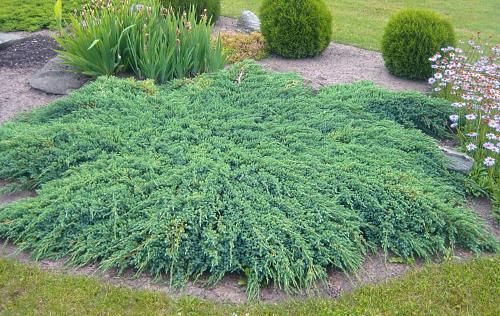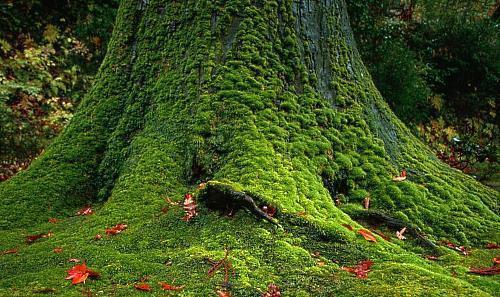Alternative to the lawn - what can you replace your lawn with?
Can you doubt that a lush green lawn is the most beautiful element of landscape design, giving the site a well-groomed and noble look? This is undoubtedly true. With only one clarification: an experienced gardener should come with a live green rug, who will make sure that the lawn does not get sweaty, does not get wet, does not freeze in winter, he will regularly mow, trim, sow, comb, fertilize etc. As you can see, a lawn is not only a decoration, but also a titanic work, a constant struggle for its existence in our climatic latitudes.
If you cannot devote as much time to your lawn as possible, it is best to give it up altogether and opt for a lawn alternative.
How can you replace the lawn in shady areas of the garden:
- a glade of shade-tolerant herbs (bluegrass, periwinkle, lily of the valley, moan, oxalis, hoof, tiarella, liverwort, umbilical, tenacious);

- shade-tolerant flower garden (astilbe, geranium, anemone, berry, ostrich, ferns);
- carpet of creeping coniferous plants: spruce, juniper, pine;

- a solid cover of moss (ideal for shady areas).

In sunny places, the following alternative lawn options will look most advantageous:
- a blooming lawn of ground cover plants (periwinkle, meadow flowers, Colchis hornbeam, etc.);

- whole-cover carpet (such crops have a dense system of rhizomes, which makes it practically impossible to trample them): thyme, creeping tenacious, clover, clefthoof;

- Moorish lawn with wildflowers (poppies, cornflowers, calendula, chamomile, flax, escholzia);

- meadow lawn (miscanthus, reed grass, bukharnik, elimus).
The most important rule for choosing an alternative type of lawn that does not require active care is to select only those plants that are characteristic of a given climatic zone. Nature itself has made sure that they are firmly rooted in your lawn, growing rapidly and covering the area with a dense carpet.
For example, thyme, tenacious creeper, hoof, runny, loosestrife and oxalis grow very quickly, do not succumb to pests and diseases, in addition, they are frost-resistant. Lawns from such plants require attention only at the sowing stage and until the moment they grow over the site. It is enough to shear the creeping grasses once a year.
You can add bright colors to the site by planting flowering whole-cover plants. First of all, you should pay attention to sedum and periwinkle.
A coniferous carpet of junipers creeping along the ground, as well as a covering of moss, grows well in the shade of trees. Moss is one of the most adaptable plants to any growing environment. It is easiest to make a decorative mossy meadow under the trees on damp soil. Among its advantages are softness, decorativeness, elasticity and density, unpretentiousness.
If, in addition to shading, there is clay soil on the site, on which few plants can grow normally, you should pay attention to such sowing grass as perennial ryegrass.It grows literally a week after sowing, quickly recovers and grows quite densely, forming a beautiful, neat coating. You can easily have picnics on it without fear for the integrity of the cover.